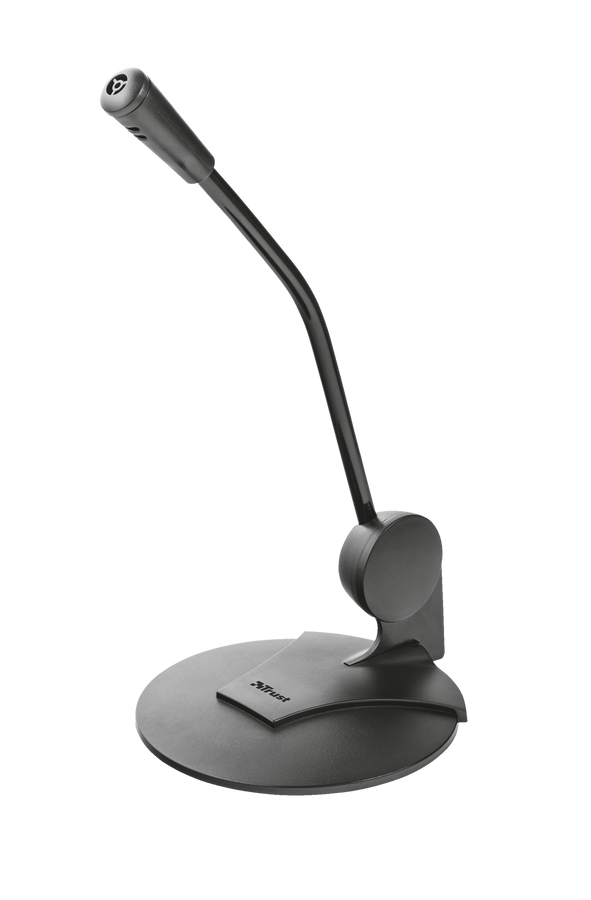Currently available
Primo Slim Desk Microphone
Easy-to-use desk microphone with adjustable angle and a slim design
€ 12.99*
* Suggested retail price (incl. VAT), set by the manufacturer. The actual selling price may vary per retailer. Products on this website are not available for direct purchase via Trust.



